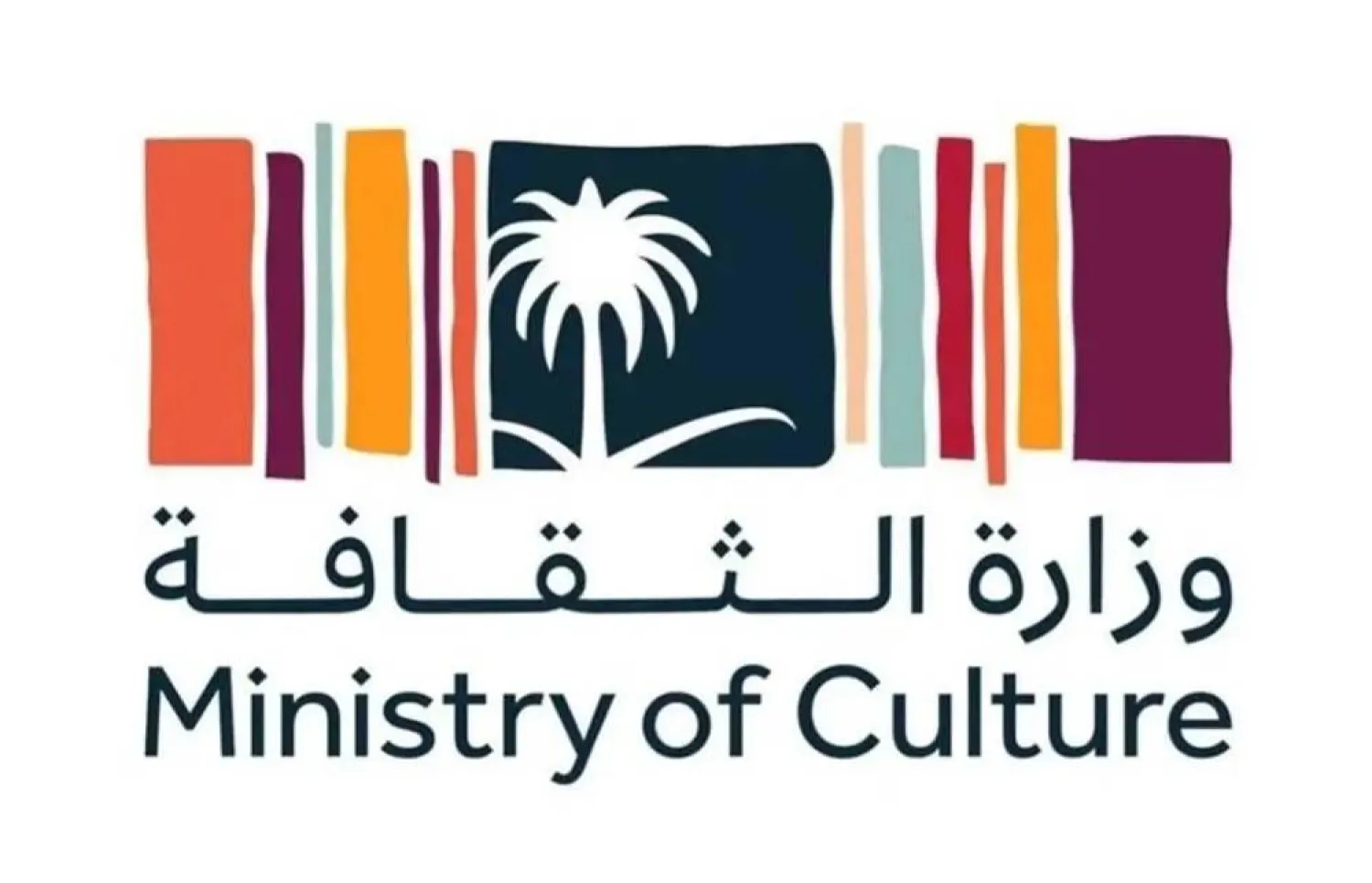Khedivate Cairo with its astounding architecture, remarkable urban layout, and cultural archive, is an integral part of Egyptian memory. It witnessed major political events in the country’s modern and contemporary history; it wasn’t only just elegant streets, great gardens and unique architecture, but also a hub for rich culture.
In light of the wide ongoing developments aimed at recovering the early charming and assorted form of Cairo, and on the occasion of its selection as the capital of Islamic culture, the ‘Egyptian Days’ magazine returned after a long hiatus, to shed light on this magical spot founded by Khedive Ismail Pasha in the ‘heart of Egypt, in 1863, to be a modern city with contemporary, civilized terms that compete European capitals.
The new issue provides insights into the history of the Khedivate Cairo, visiting its prominent landmarks, and highlighting the features that marked that era. It also explores many terms from the developed social and cultural life at the time, in articles written by historians and writers interested in that phase, as well as a bouquet of rare photographs that document valuable aspects of modern Cairo.
Editor-in-Chief, historian Ahmed Kamali takes the readers on a trip to Groppi, a coffee shop that lured foreign families and businessmen in Egypt, who used to gather in the vicinity of the Egyptian stock market building. After the 1930s, Groppi became a spot that Egyptian MPs visited regularly to take snacks and hot beverages.
“Khedive and Photography” by photography historian Francis Amin, is a report that explores the history of photography in Khedivate Cairo. It said that during the rule of Khedive Ismail, Egypt saw a great advancement in photography, as Ismail Pasha was passionate about collecting photographs of statesmen and landmarks from the West. He even invited Gustave Le Gray, a celebrity French photographer, to teach his children photography. The famous photographer used to accompany Princes Tawfik and Hussein in trips to Upper Egypt, which he documented in rare albums and pictures.
The biggest photography renaissance took place during the rule of Khedive Abbas Helmy, who brought senior European photographers, mostly from Austria, Hungary, and France, to settle in Egypt, and open their studios in the streets of the new Mahrousa. At the time, the governmental buildings and wealthy houses were decorated with the official photographs of the Khedive taken by famous photographer Émile Zola.
The issue also features an article by Prince Abbas Helmy (grandson of Prince Mohammed Ali Tawfik), head of the Mohammed Ali Palace Association, in which he wrote about the advancement of Egypt during the Khedivate era, and how it ranked among the world’s top countries. He also noted that Mohammed Ali Pasha laid the foundations of renaissance, opening doors for his successor to achieve more advancements. Prince Helmy believes that the Khedivate era was rich and profitable, and that people “should know and learn more about it so they can keep up with what is happening today.”
“Why does Egyptian cinema neglect the 19th century?” is the title of an article by novelist Nasser Iraq, in which he urges the local cinema to shed more light on the second half of the 19th century and its valuable and inspiring facts that could reignite the imagination of talented filmmakers.
Researcher Yumna Abdul Tawab writes about mosques during that phase, noting that Khedivate Cairo put great efforts to restore and renovate mosques including the Rifai Mosque, Sultan Qalawun Mosque, the Great Mosque of Muhammad Ali Pasha, the Mosque-Madrasa of Sultan Hassan, the Sultan Al-Moayed Mosque, and Al Azhar Mosque.
The issue also includes many other articles: ‘Senate Centennial’, ‘Car Club Centennial’, ‘First Meeting to Establish Egyptian University’, ‘Sufism in Khedivate Cairo’, ‘Khedivate Character in Cinema’, and ‘History of Bar Association Establishment’.









